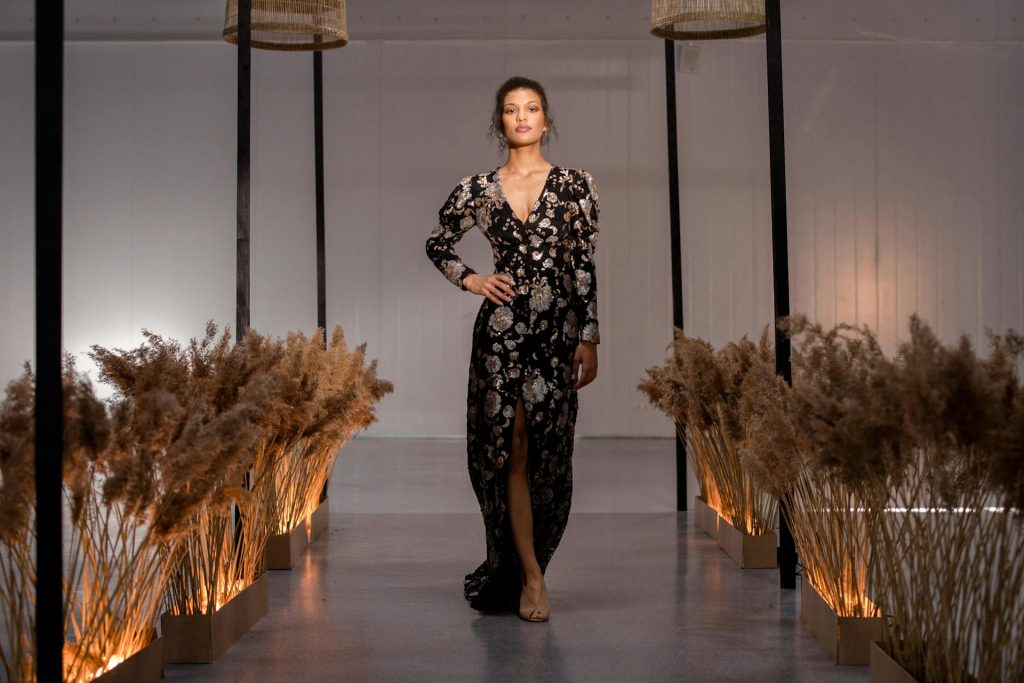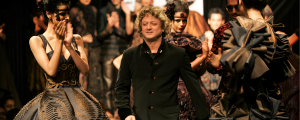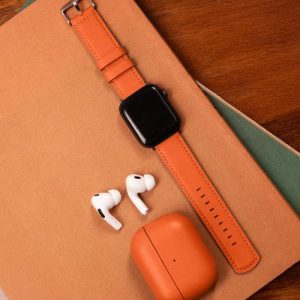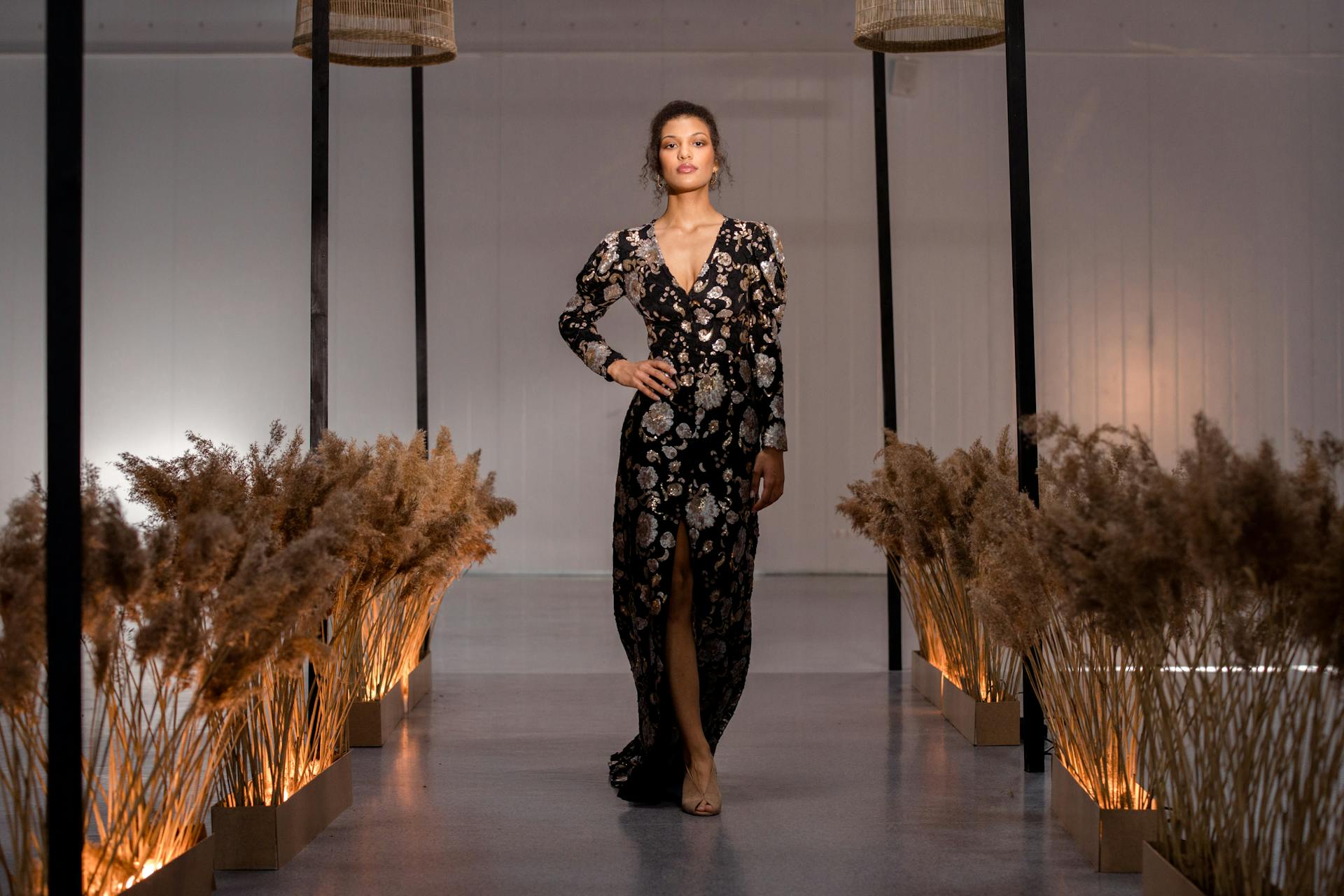
There’s a reason we stare at couture runway photos like they’re dispatches from another planet. Gowns stitched like sculpture. Models gliding down catwalks with skin like lacquered porcelain. Lashes spiked like sculpture. Brows lifted to the gods. Sometimes it all feels surreal – part theater, part fantasy, part fever dream. But couture doesn’t stay in its fantasy bubble. It trickles. It seeps. And eventually, couture trends end up in our beauty cabinets, in our contour tutorials, in the subtle ways we shape our faces before a night out – or a Monday Zoom call. And when makeup alone won’t cut it? Some folks seek plastic surgery to bring those looks to life in more permanent ways.
What is couture?
“Couture” (short for haute couture) refers to exclusive, made-to-measure fashion pieces – think custom dresses that take hundreds of hours to hand-stitch, crafted by the likes of Schiaparelli, Dior, or Valentino. These aren’t your average clothes. They’re theatrical. Provocative.
They’re not really made to sell, either. At least, not directly. Couture shows exist to inspire. To set the mood. The silhouettes, colors, and proportions designers play with become a visual language – and soon enough, that language spills into beauty trends.
You might not own couture, but you’ll definitely wear its influence.
When fantasy starts looking familiar
Runways have always pushed limits. But lately, the gap between fantasy and reality feels… thinner. Almost everything is a reference. A lifted brow here. A porcelain complexion there. That angular, alien-like face shape? It’s no longer just for models.
So how does a couture look go from runway to real life?
It usually unfolds like this:
- Visual shock: A couture show drops a bold, avant-garde look.
- Media frenzy: Fashion editors, bloggers, and influencers dissect it.
- Consumer translation: Beauty brands create wearable versions.
- Aesthetic aspiration: People start chasing the look – not just with makeup, but with injectables, lasers, and in some cases, surgery.
Of course, there’s nothing wrong with evolving your look. People have always modified their appearance according to beauty trends. What’s new is how quickly those standards shift.
Beauty rituals that carry runway DNA
The influence doesn’t stop at the makeup counter. It bleeds into beauty rituals – little things we do every day that reflect couture, such as:
- Blush placement mimicking a facial lift
- Highlighter texture designed to mirror runway lighting
- Brow sculpting that follows couture’s preference for feline features
- Hair slick-backs straight from editorial shoots
Even skincare gets the couture treatment. Glass skin. Cloud skin. Satin-matte finishes. These are surface-level interpretations of how designers present skin under lights, flash, and movement.
And when makeup and skincare can’t quite deliver the same transformative punch, many start to explore noninvasive aesthetic procedures – or even plastic surgery – in pursuit of that catwalk-perfect symmetry. Of course, getting ready for plastic surgery isn’t something you just wake up and do. It takes serious thought, the right surgeon, and a clear sense of what you actually want to change.
All in all, the runway’s job is to provoke. Ours, apparently, is to replicate…just with fewer Swarovski crystals.
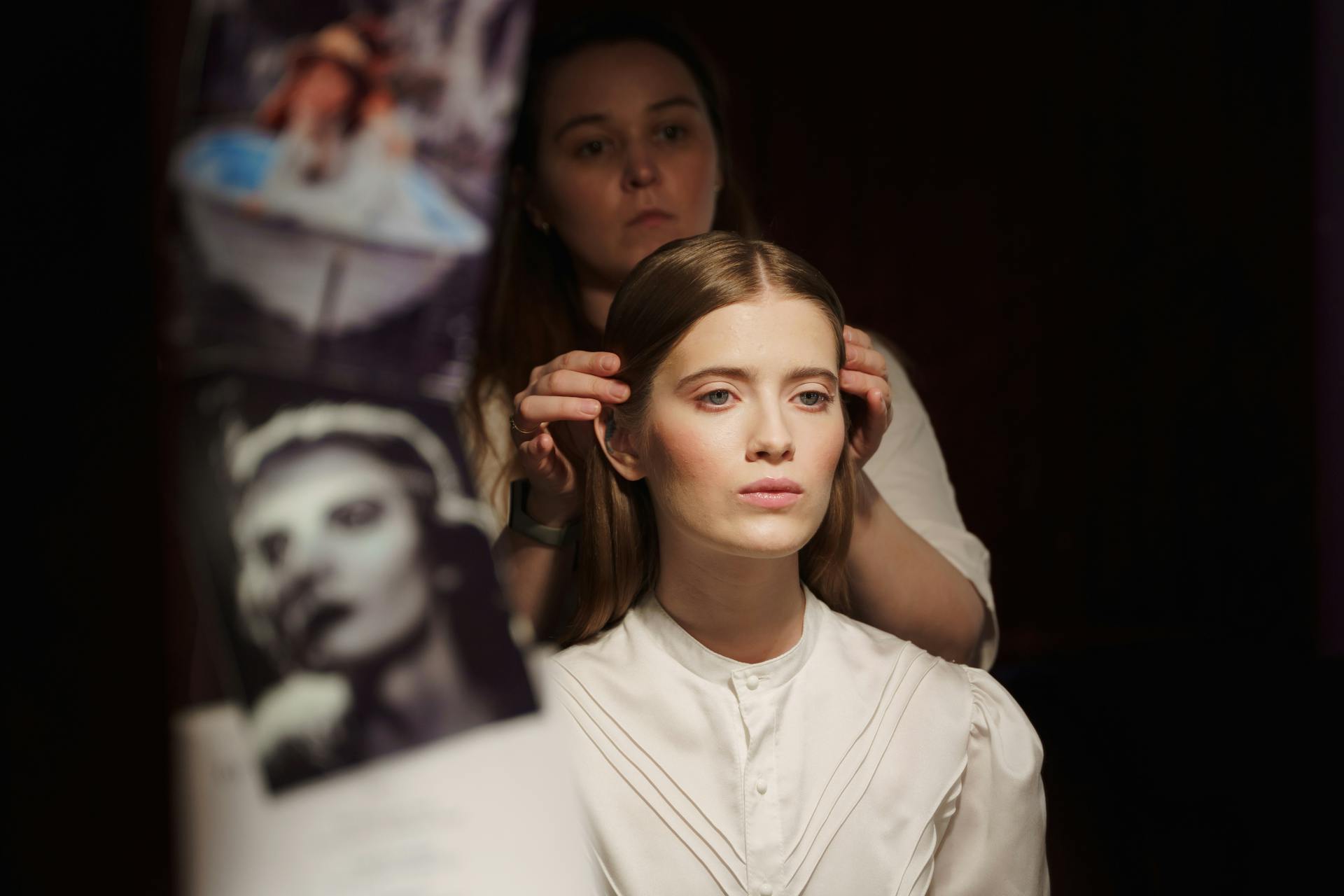
The catwalk’s look is something many try to replicate.
Filters, edits, and the new normal
The couture trends are no longer reserved for the runway and Vogue and other fashion magazines only. They’re coded into Instagram filters, TikTok effects, and skin-smoothing apps. The AI filter that sharpens your jawline and lifts your brows? It’s riffing on runway proportions. The softened cheeks and poreless skin? Backstage beauty, digitized.
It’s not inherently bad. In some ways, filters have made couture beauty more accessible – one tap, and you can try it on. But it also skews our baseline for “normal.”
The more we see couture features through filters, the more we subconsciously expect to see them offline. And that’s when beauty routines become beauty decisions – injectables, skin boosters, fillers.
Who’s driving the trend?
You could say designers are steering the ship, but it’s more like a feedback loop. Couture trends inspire consumers, who influence brands, who then feed those ideas back into popular culture.
Take the fox eye look. It started with lifted brows and sharp outer eyeliner at a handful of couture shows. Then it went viral. Before long, aesthetic clinics began offering thread lifts and blepharoplasty variations to mimic the effect.
Or, consider buccal fat removal. A once-niche procedure, now requested by clients wanting that hollowed-cheek, sculpted editorial look. It didn’t come from nowhere; it came from repeated exposure to fashion-forward bone structure, in real life and online.
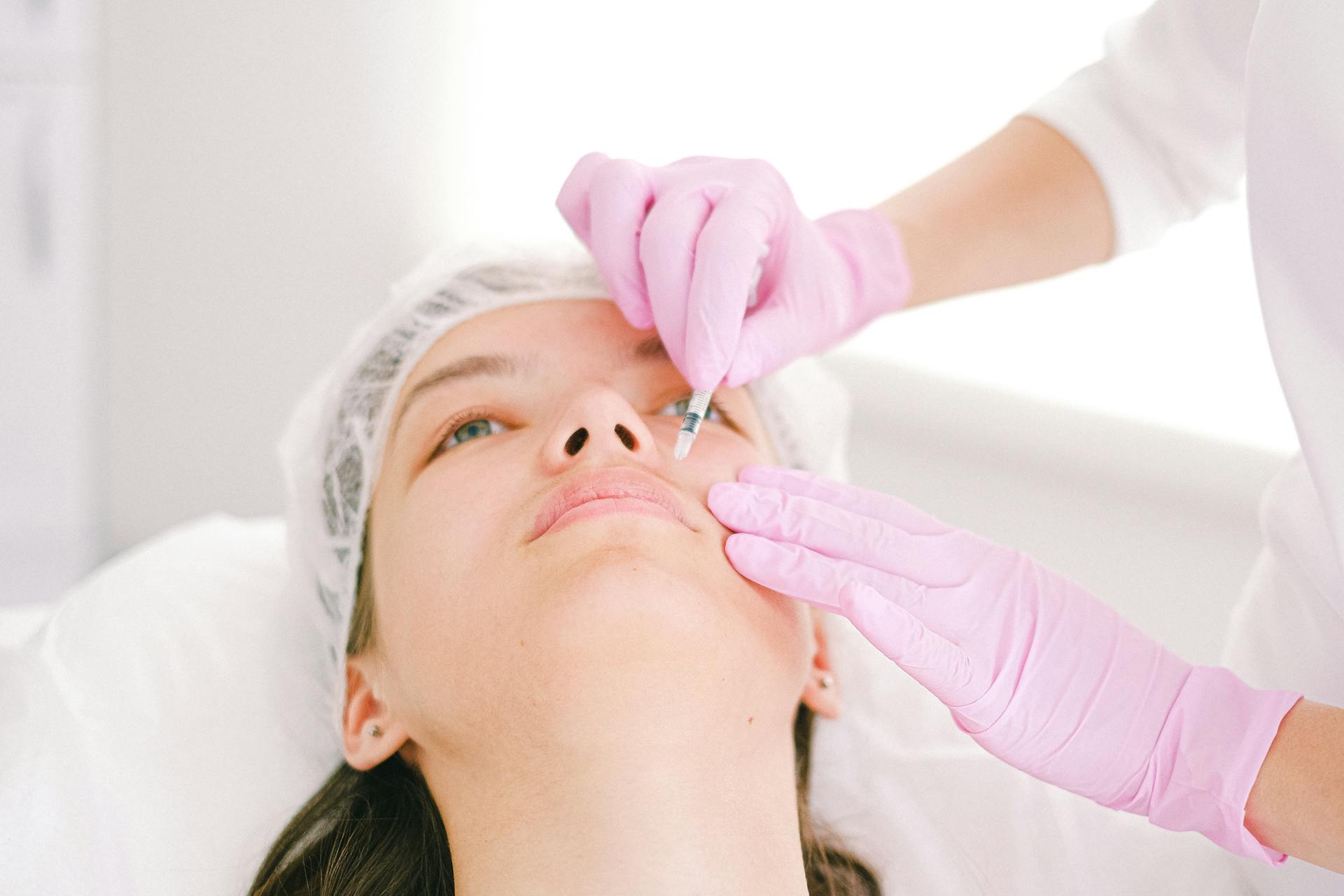
Cosmetic procedures are increasingly seen as part of modern couture trends.
The clinical couture trends
According to the ISAPS 2024 Global Survey, more than 17.4 million surgical and 20.5 million non‑surgical aesthetic procedures were performed by plastic surgeons worldwide in 2024, marking an overall increase of roughly 42.5 % over the past four years.
We’re talking cheek filler instead of contour. Brow lifts that replace shaping gels. Lip flips that mimic that slightly overlined look. Skin boosters for that lit-from-within glow. On the surgical side, think eyelid lifts in place of heavy concealer. Facial fat grafting that restores dimension makeup can only suggest.
In other words, surgical and aesthetic enhancements have become part of the same beauty conversation as skincare or makeup. For some, they’re just the next logical step in the evolution of a look.
Is that a problem? Not exactly.
Couture was never meant to tell us who to be. But it does suggest what’s beautiful. And when those suggestions show up everywhere (online, in filters, at the gym), it’s easy to mistake them for rules.
But here’s the truth: the most iconic beauty has always come from people who bend trends, not break themselves for them.
Even as some faces start to look algorithmically optimized, there’s room for difference. For softness and for shapes that don’t echo every editorial you scroll past.
Where does that leave us?
With options.
Couture will keep doing what couture does: provoking, elevating, and distorting. And we’ll keep reacting, some of us by playing with a new lipstick placement, others by reshaping their silhouette with aesthetic treatments.
Both are valid. Both are expressions of the same desire: to align how we look with how we feel.
The point is to remember that you don’t have to participate all the way to be part of the moment. You can admire couture trends without copying them frame by frame. You can explore enhancements without apology. You can opt out entirely and still belong. Because at the end of the day, the most couture thing you can do? It is to choose your own face, whatever that looks like.
Himani Verma is a seasoned content writer and SEO expert, with experience in digital media. She has held various senior writing positions at enterprises like CloudTDMS (Synthetic Data Factory), Barrownz Group, and ATZA. Himani has also been Editorial Writer at Hindustan Time, a leading Indian English language news platform. She excels in content creation, proofreading, and editing, ensuring that every piece is polished and impactful. Her expertise in crafting SEO-friendly content for multiple verticals of businesses, including technology, healthcare, finance, sports, innovation, and more.


